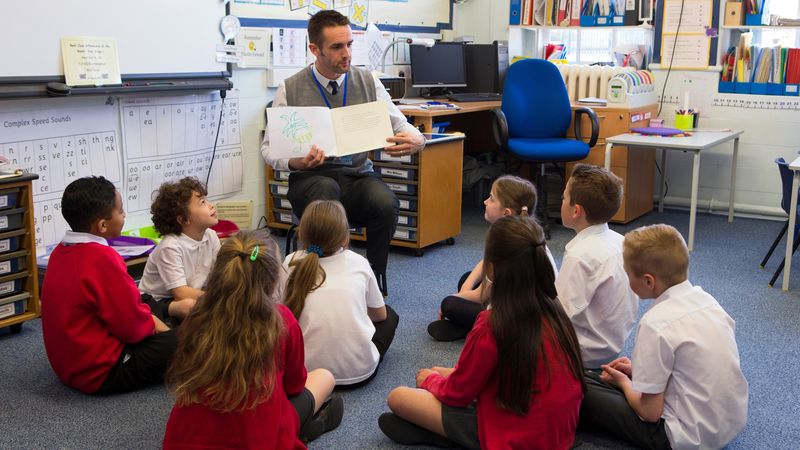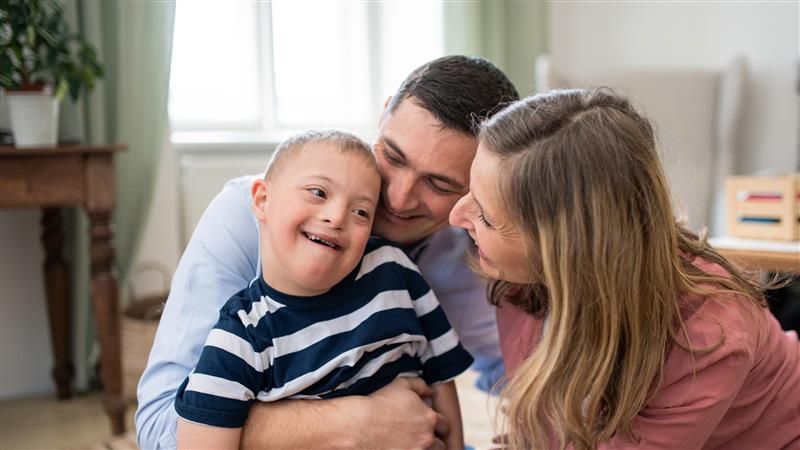“When we put together an EHCP, it must reflect more than advice and information from professionals and even parent wishes - it is essential that it really reflects who your child or young person is, what matters to them, and what they think will help them learn,” explained Christine McInnes, Director of Education and SEND.
“By improving how we capture your child's voice in their EHCP, we can be confident we're putting them at the centre of decisions made about their support and make sure their plan is built around their needs to help them make the best progress they can and to thrive.”
The new Appendix 1A has been adapted to appeal to children and young people depending on the stage in education they are at (early years, primary, secondary and post-16), with visual cues to help them tell us their goals for the future, how they are working towards being independent, their communication preferences, the best way they learn and how adults can help them.
So far, the feedback on the changes from schools who work with children and young people to capture their voices in the EHCP has been very encouraging:
“More enjoyable for the child to complete and is likely to provide a more comprehensive view from the child's perspective. Visuals are excellent and the range of questions will provide scaffolding for the child to share their views.”
“It helps the children to feel included, to understand what they are doing well in and where they need help.”
“The opportunity for children to have a voice rather than an adult interpretation of voice.”
The evaluation of these changes will follow the different stages in the 20-week EHC assessment process to the final plan.
“We’re taking a closer look at a small number of recent EHCP requests to help us improve how we write plans — especially the parts that describe each child’s aspirations, strengths, and needs,” said Christine. “By following these cases through the 20-week process and reviewing the final plans, we hope to make this section clearer, more personal, and more meaningful for families. Our aim is to make sure every child’s voice is heard and reflected in a way that truly supports them.”
We’ll report back these findings later this year.




